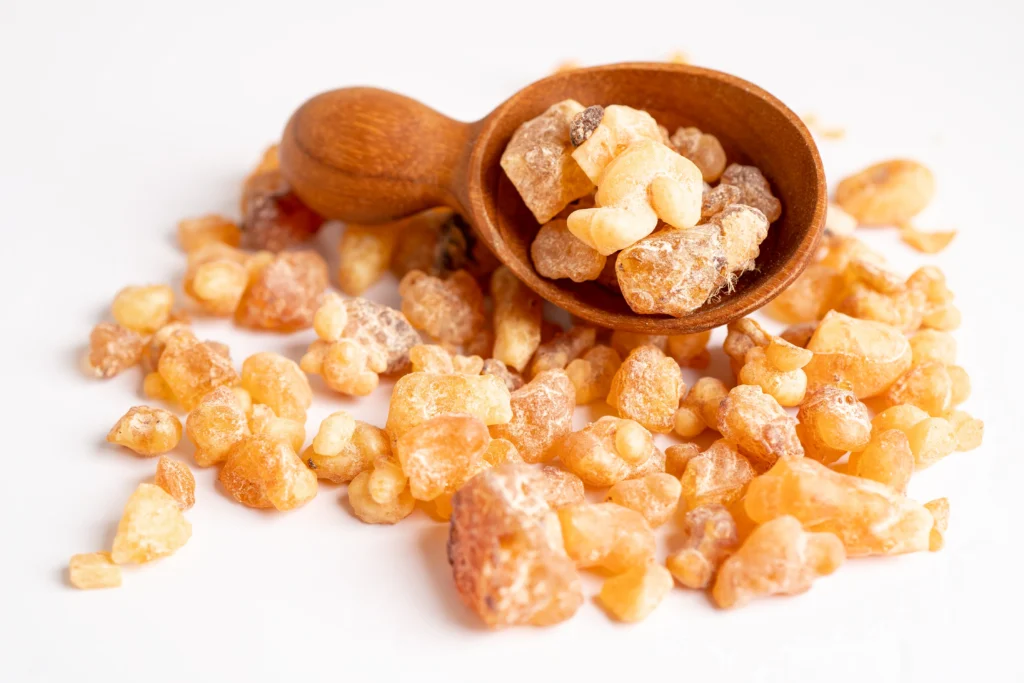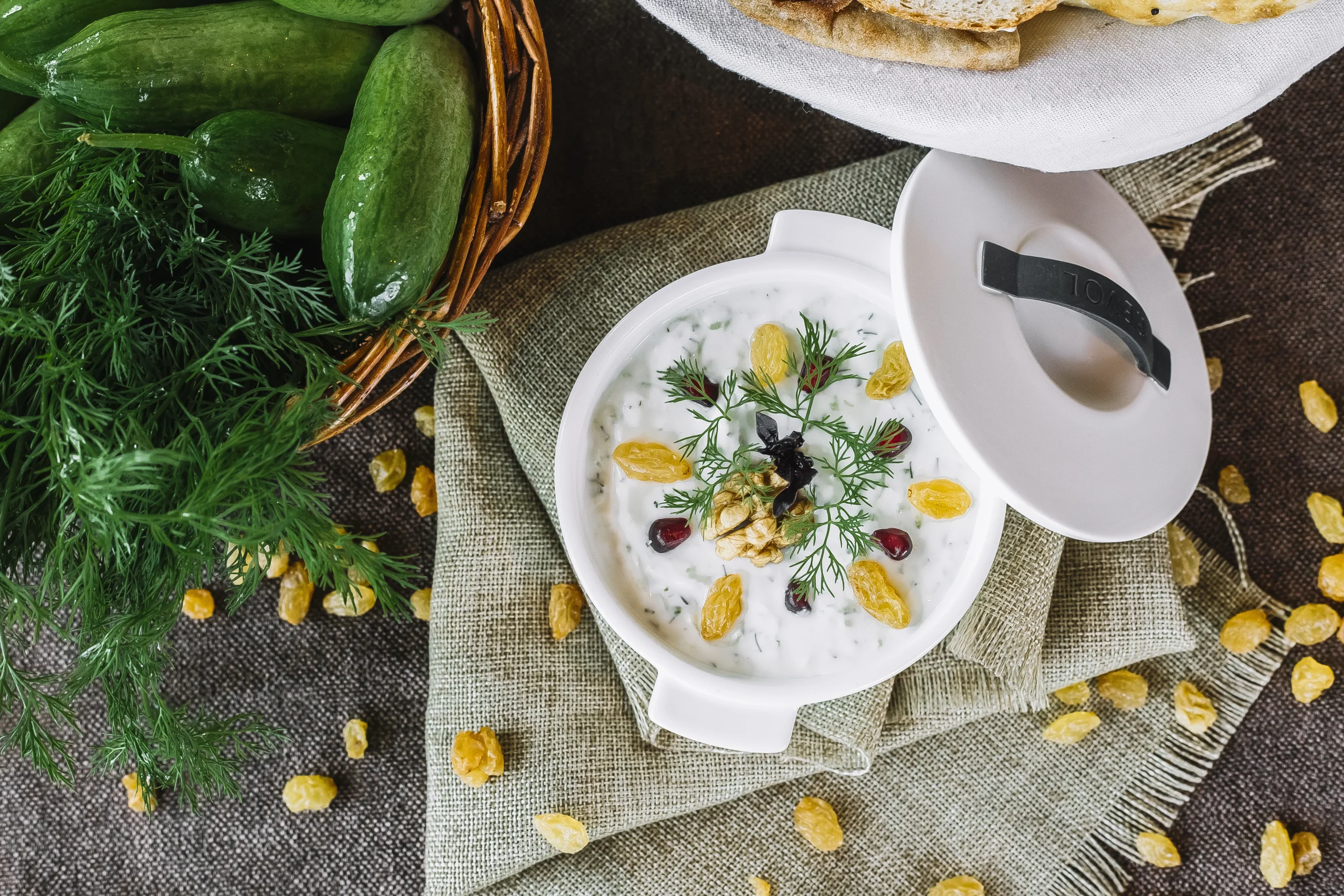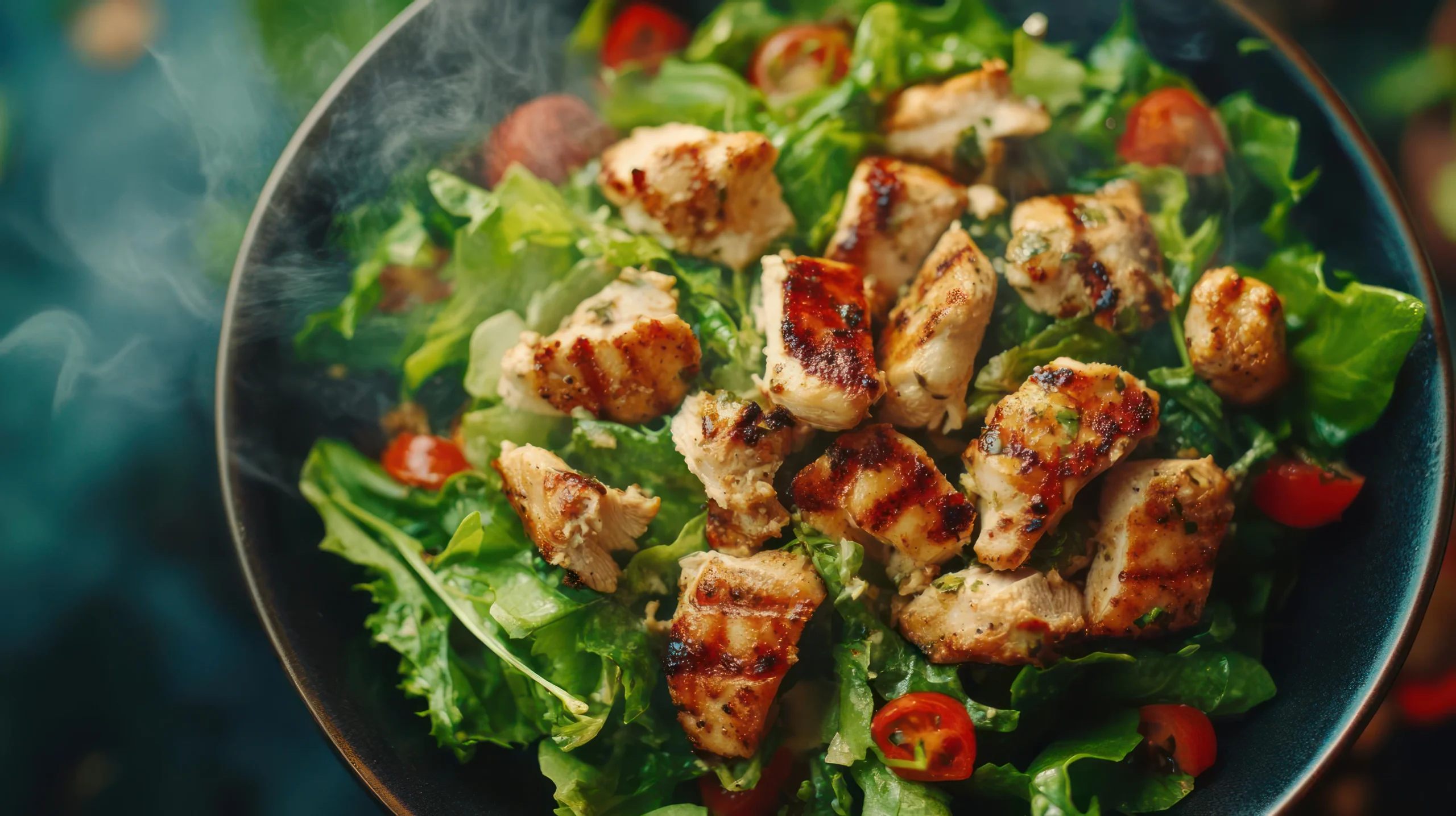Mastic food recipes often feature mastic, the aromatic resin harvested from the mastic tree on the Greek island of Chios, long treasured in culinary traditions for its distinct flavor. Known for its piney, slightly sweet aroma and chewy texture, mastic appears in both savory and sweet dishes across the Mediterranean and Middle East.
Today, more home cooks are discovering the culinary potential of this rare ingredient and seeking flavorful mastic food recipes that offer something unique and memorable.
Whether you’re adding it to creamy desserts, kneading it into dough, or using it in stews, mastic lends a fragrant, elegant touch to food. Its versatility makes it a standout spice that turns even simple recipes into gourmet experiences.
In this guide, you’ll explore authentic mastic recipes along with practical cooking tips to make the most of this special ingredient.
What Makes Mastic Unique in Culinary Use

Mastic isn’t just another spice—it’s a resin that transforms under heat and time. When used correctly, it melts into a dish, releasing a subtle, almost minty aroma with hints of pine, vanilla, and anise.
This rare combination of flavors is what sets mastic apart. Sourced from the mastic tree (Pistacia lentiscus), mastic is sun-dried into droplets called “tears,” then crushed and dissolved before being added to recipes.
Because it has both sweet and savory potential, mastic is incredibly versatile. You’ll find it in breads, ice creams, puddings, marinades, and even liqueurs.
But a little goes a long way—overuse can make the flavor bitter or medicinal. The key to mastering mastic food recipes is balance and respect for its distinct flavor profile.
Mastic Food Recipes: How to Prepare and Use Mastic in Cooking
To incorporate mastic into your dishes effectively, you need to break it down properly. Mastic is usually sold in resin tear form, which needs to be ground into a fine powder before use. This can be done using a mortar and pestle, preferably with a pinch of sugar or salt to prevent it from sticking.
Once powdered, it’s typically dissolved into oil, milk, or hot water before being added to the dish. In baked goods, it’s mixed with flour and fat early on. For custards and sauces, it’s added near the end of cooking to preserve its aromatic quality. Understanding how to activate mastic’s essence is essential for all successful mastic food recipes.
Traditional Sweet Mastic Food Recipes
Mastic shines brightest in desserts, especially those from Greek, Turkish, and Middle Eastern cuisine. Its sweet-scented presence adds depth and fragrance to familiar dishes like custards and frozen treats.
Mastic Ice Cream (Dondurma)
This Turkish-style ice cream is famous for its elasticity and stretchiness, thanks in part to the mastic resin. Combined with salep (orchid root powder), the mastic gives the dessert a chewy texture and a refreshing flavor unlike any other. It’s usually served plain or with crushed pistachios on top.
Mahleb and Mastic Cookies
Combining the fruity bitterness of mahleb and the piney notes of mastic, these cookies are popular during religious holidays. Their crumbly, buttery texture melts in your mouth and makes them ideal for pairing with coffee or tea.
Mastic Food Recipes: Mastic Milk Pudding (Mahalabia)
Mahalabia is a creamy Middle Eastern milk pudding that’s subtly infused with mastic. Often garnished with rosewater or crushed nuts, it’s a light dessert that brings mastic’s floral tones to the forefront without overpowering.
Baked Goods Featuring Mastic Resin
Mastic adds a luxurious dimension to breads and pastries. From Easter bread to spiced buns, it enhances texture and aroma, making baked treats feel festive and special.
Tsoureki (Greek Easter Bread)
This braided sweet bread combines mastic and mahleb with orange zest to create a pillowy loaf rich in tradition and flavor. Often baked during Orthodox Easter, it’s enjoyed year-round for its fragrance and soft texture.
Armenian Choreg
Similar to tsoureki but lighter and airier, choreg is a sesame-topped bread flavored with mastic. It’s commonly made during the holidays and is perfect with jam or cheese.
Mastic Food Recipes: Lebanese Mastic Cake
A semolina-based cake flavored with mastic and rosewater, this dessert is often soaked in syrup and sprinkled with nuts. It balances earthy and sweet notes, making it a satisfying finish to any meal.
Savory Dishes That Use Mastic
While best known for desserts, mastic food recipes in the savory category are equally flavorful. Mastic adds depth to sauces, stews, and even meat marinades. Its resinous quality complements olive oil, garlic, and citrus beautifully.
Mastic-Spiced Lamb Stew
This slow-cooked dish pairs mastic with lamb, cinnamon, and garlic. As the mastic melts into the broth, it creates a luxurious gravy that elevates the meat’s natural richness. Served with rice or couscous, it’s a perfect winter warmer.
Mastic Food Recipes: Mastic Tomato Sauce
Crushed mastic added to a basic tomato sauce lends complexity and aroma, turning a simple pasta into something gourmet. It works especially well with eggplant or grilled meats, making it a fantastic addition to Mediterranean meals.
Greek Mastic Lenten Soup
This vegan-friendly soup is made with lentils, potatoes, and vegetables, enhanced with crushed mastic and bay leaves. The result is earthy, lightly spiced, and deeply nourishing.
Health Benefits of Cooking with Mastic
Mastic isn’t just flavorful—it also comes with impressive health benefits. Used for centuries in traditional medicine, it offers properties that are both culinary and therapeutic.
- Digestive support: Helps soothe the stomach and reduce bloating
- Antibacterial properties: May help fight oral bacteria and freshen breath
- Anti-inflammatory effects: Supports gut and skin health
- Natural thickening agent: Adds texture to soups and creams
- Gluten-free and vegan: Suitable for many special diets
- Low in calories: A flavor booster without adding fat or sugar
These benefits make mastic a smart and healthy ingredient to include in both sweet and savory dishes.
Kitchen Tools for Mastic Food Recipes
To cook with mastic effectively, you don’t need a fancy kitchen—just a few essentials that help you prepare it the right way.
- Mortar and pestle for grinding resin tears
- Fine mesh sieve for straining custards and creams
- Heavy saucepan for pudding and syrup recipes
- Stand mixer for kneading mastic bread doughs
- Measuring spoons to prevent overuse of this potent spice
- Glass storage jars to preserve mastic’s aroma long-term
Recipe Tips for Beginners Using Mastic
Cooking with mastic can be a bit intimidating at first. Its strong aroma and unusual texture make it different from standard spices. But with these beginner tips, you can master it quickly:
- Start with small amounts—1/4 tsp is often enough
- Grind with sugar or salt to prevent clumping
- Always dissolve into warm liquids for even flavor
- Store in airtight jars in a cool place—light and heat ruin its quality
- Combine with other spices like cinnamon, cardamom, or citrus for balance
- Use it in simple custards or cookies before moving to complex stews
Where to Buy Mastic for Cooking
Mastic is a specialty item but is increasingly available online and in global markets. Here are some places to find it:
- Middle Eastern or Greek grocery stores
- Spice shops or herb boutiques
- Online retailers like Amazon or specialty food sites
- Health food stores (look in digestive support supplements)
- Ethnic markets that stock Mediterranean goods
Look for high-quality, translucent tears from Chios, Greece—these are considered the gold standard.
Final Thoughts
Mastic is one of the most exciting and aromatic ingredients you can add to your kitchen. From creamy milk puddings to rich stews and fragrant breads, its versatility makes it a must-try for adventurous cooks. Exploring mastic food recipes opens the door to traditional flavors and modern interpretations that will surprise your palate.
Whether you’re making your first batch of mastic cookies or crafting a slow-roasted lamb stew, this resin delivers flavor, texture, and elegance. Add it to your spice rack, experiment with small batches, and enjoy the aromatic journey that only mastic can offer.
FAQs About Mastic Food Recipes
What does mastic taste like?
Mastic has a unique flavor—slightly piney, sweet, herbal, and resinous. It’s often compared to a mix of vanilla, mint, and anise. The taste is delicate yet powerful, so a little goes a long way.
Can I substitute mastic in recipes?
Not exactly. Mastic has a very specific flavor that is hard to replicate. However, for aroma-only purposes, you could try small amounts of cardamom or star anise—but it won’t be the same.
Is mastic safe to eat?
Yes, food-grade mastic is completely safe. It’s been used in cooking and traditional medicine for centuries. Just be sure to use culinary mastic and avoid any labeled for cosmetic use only.
How do I store mastic properly?
Keep mastic in an airtight container in a cool, dry place away from light. This helps preserve its aroma and prevents the resin from hardening or becoming bitter over time.
What kind of dishes work best with mastic?
Mastic is versatile. It shines in milk-based desserts, sweet breads, custards, ice cream, and stews. It also adds depth to tomato sauces and meat marinades, especially in Middle Eastern and Mediterranean cooking.




